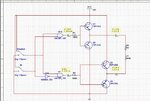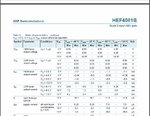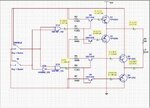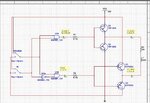boylesg
Advanced Member level 4
- Joined
- Jul 15, 2012
- Messages
- 1,023
- Helped
- 5
- Reputation
- 10
- Reaction score
- 6
- Trophy points
- 1,318
- Location
- Epping, Victoria, Australia
- Activity points
- 11,697
I am having trouble using a pdip UCC27425 to drive a GDT - presumably the chips don't have enough power to drive my GDT and I keep blowing them rather spectacularly I might say.
I am trying to implement the same functionality using TIP120, TIP125, HEF4069UBP and HEF4081B.
Here is my design:
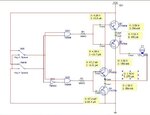
When testing my actual circuit I am getting a short when the two logic inputs 555 and Aerial are at 12V. I blew a fuse.
I checked my circuit for any obvious soldering mistakes and bridges etc and can't see any.
Are there any obvious design flaws that anyone can spot?
I am trying to implement the same functionality using TIP120, TIP125, HEF4069UBP and HEF4081B.
Here is my design:

When testing my actual circuit I am getting a short when the two logic inputs 555 and Aerial are at 12V. I blew a fuse.
I checked my circuit for any obvious soldering mistakes and bridges etc and can't see any.
Are there any obvious design flaws that anyone can spot?
